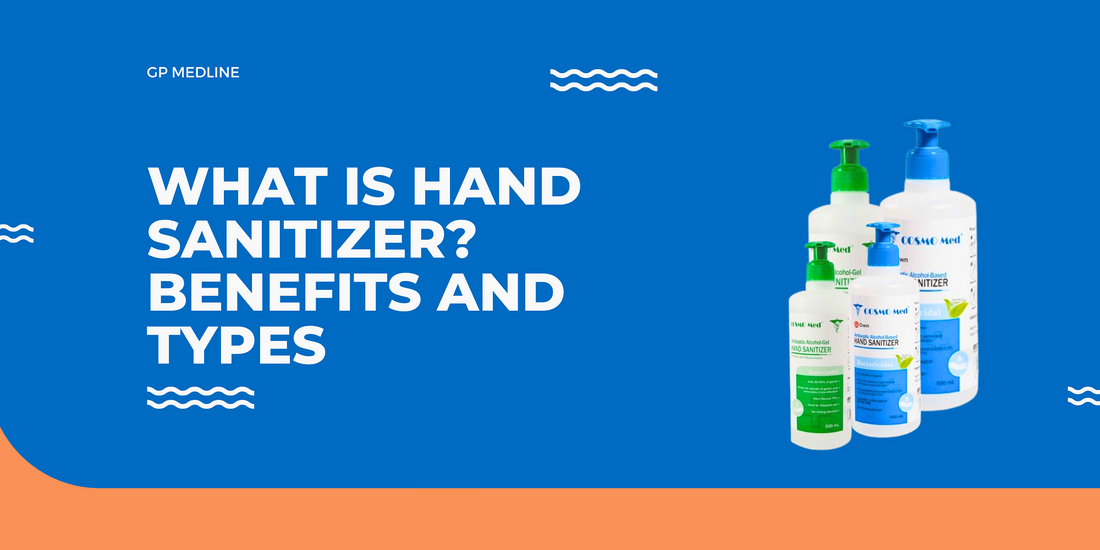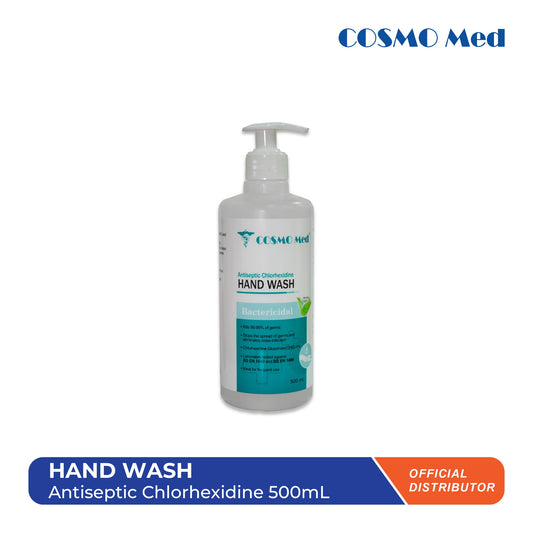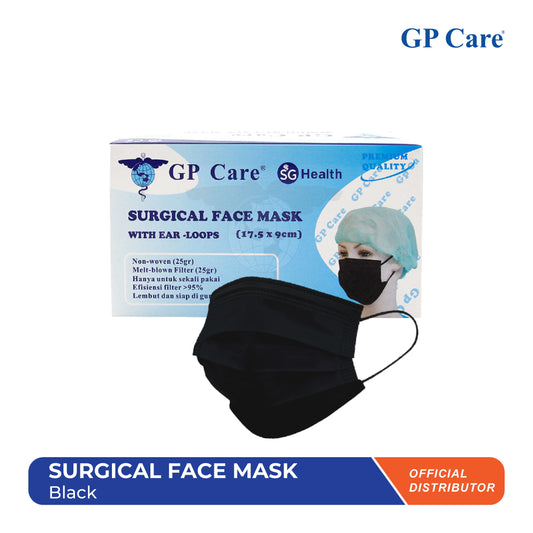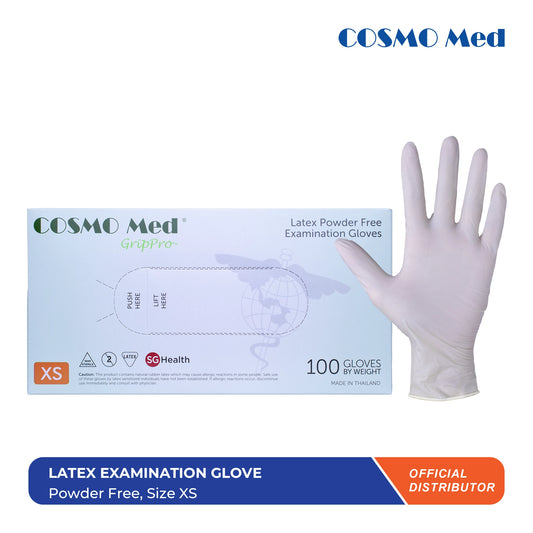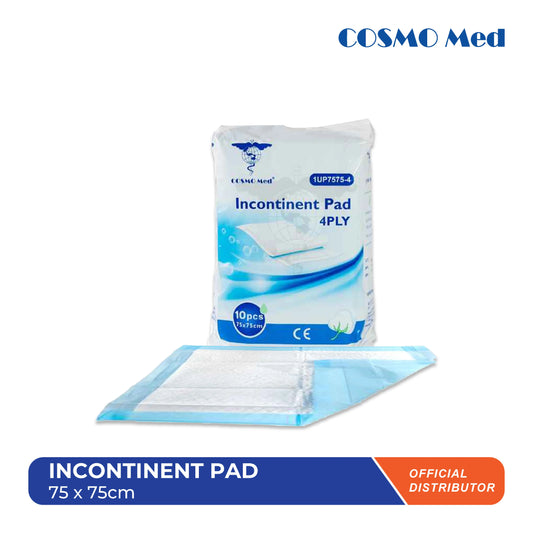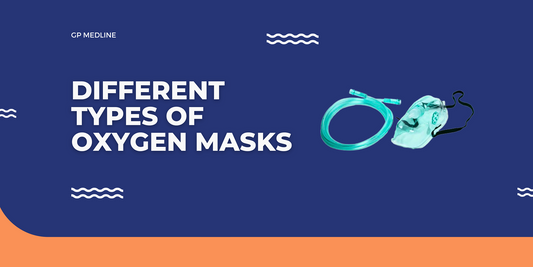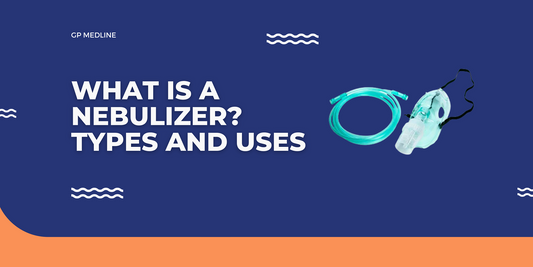Hand sanitizer is a liquid, gel, or foam formulation that contains active ingredients designed to eliminate or reduce the presence of pathogens on the skin. The most common active ingredient in hand sanitizers is alcohol, typically in the form of ethanol or isopropanol, which works by denaturing proteins and dissolving lipids, effectively killing bacteria and viruses.
Benefits of Hand Sanitizer
There are numerous benefits to using hand sanitizer, especially in situations where soap and water are not available:
Convenience: Hand sanitizers are portable and easy to use, making them ideal for travel or situations where access to soap and water is limited.
Effectiveness: Alcohol-based sanitizers can quickly reduce the number of germs on your hands, including those that cause respiratory and gastrointestinal infections.
Skin health: Many hand sanitizers contain moisturizing agents to prevent dryness and irritation, making them suitable for frequent use.
Types of Hand Sanitizers
There are several types of hand sanitizers available on the market, each with its own unique properties and benefits. Understanding these types can help you choose the most suitable one for your needs.
Alcohol-Based Hand Sanitizers
These are the most common and effective types of hand sanitizers. They contain a high percentage of alcohol, usually between 60-95%, which is effective in killing a broad spectrum of pathogens. Alcohol-based sanitizers are quick-drying and leave no residue, making them a popular choice for on-the-go use.
Non-Alcohol-Based Hand Sanitizers
Non-alcohol-based sanitizers use alternative active ingredients such as benzalkonium chloride or triclosan. While they may be less irritating to the skin, they are generally considered less effective than alcohol-based sanitizers in killing germs.
Natural and Organic Hand Sanitizers
For those seeking a more natural option, there are hand sanitizers gel made from organic ingredients like essential oils and plant extracts. These sanitizers are often alcohol-free and are designed to be gentle on the skin while still providing antimicrobial benefits.
How to Use Hand Sanitizer
Using hand sanitizer correctly is key to ensuring its effectiveness. Follow these steps for optimal results:
Apply an adequate amount: Use enough sanitizer to cover all surfaces of your hands, including the back of your hands, between your fingers, and under your nails.
Rub thoroughly: Rub your hands together, ensuring the sanitizer reaches all areas. Continue rubbing for at least 20 seconds or until your hands feel dry.
Avoid wiping: Do not wipe or rinse your hands immediately after applying sanitizer, as this can reduce its effectiveness.
Choosing the Right Hand Sanitizer
With so many options available, selecting the right hand sanitizer can be overwhelming. Here are some factors to consider when making your choice:
Alcohol Content: Ensure the sanitizer contains at least 60% alcohol for maximum effectiveness.
Ingredients: Look for products with moisturizing agents to prevent skin dryness. Avoid those with harsh chemicals or allergens if you have sensitive skin.
Packaging: Choose a convenient packaging size that fits your lifestyle, whether it's a small bottle for your purse or a larger pump bottle for home use.
Conclusion
Hand sanitizer is a vital tool in maintaining hand hygiene and preventing the spread of infectious diseases. By understanding the types, benefits, and proper use, you can protect yourself and those around you. Remember, while hand sanitizers are convenient to use, they should complement, not replace, regular hand washing with soap and water.


